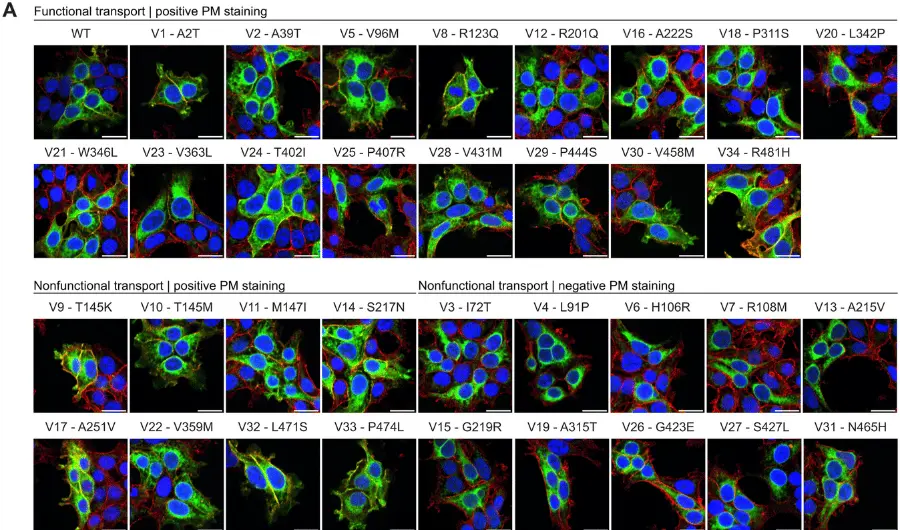Clinical Characteristics of Epilepsy in Resource-limited Communities in Punjab, Northwest India
October 12, 2020
Abstract, originally published in Epilepsia
Objectives: To describe clinical characteristics of a community-based epilepsy cohort from resource-limited communities in Punjab, Northwest India.
Methods: The cohort was gathered following a two-stage screening survey. We cross-sectionally examined and followed-up the cohort for one year. A panel of neurologists assigned seizure types, syndromes and putative aetiologies and categorized drug?responsiveness.
Results: The cohort of 240 included 161 (67.1%) men, 109 (45.4%) illiterates and 149 (62.1%) unemployed. Current age was > 18 years in 155 (64.6%) but age at epilepsy onset was < 18 years in 173 (72.1%). Epilepsies due to structural and metabolic causes were diagnosed in 99 (41.3%), but syndromic assignments were not possible in 97 (40.4%). After one year, drug-resistant epilepsy was established in 74 (30.8%). Perinatal events (n=35; 14.6%) followed by CNS infections (n=32; 13.3%) and traumatic brain injury (n=12; 5.0%) were common risk factors. Most of those with CNS infections (n=19; 63.3%), perinatal antecedents (n=23; 76.7%) and other acquired risk factors (n=27; 90.0%) presented with epilepsy due to structural and metabolic causes . Perinatal events were the putative aetiology for nearly 40.7% of generalized epilepsies due to structural and metabolic causes and 28.2% of all epilepsies with onset < 10 years.
Significance: Existing classifications schemes should be better suited to field conditions in resource-limited communities in low- and middle-income countries. The finding of drug resistant epilepsy in nearly at least a third in a community-based sample underscores an unmet need for enhancing services for this segment within healthcare systems. Perinatal events, CNS infections and head injury account for a third of all epilepsies and hence, preventative interventions focusing on these epilepsy risk factors should be stepped up.







